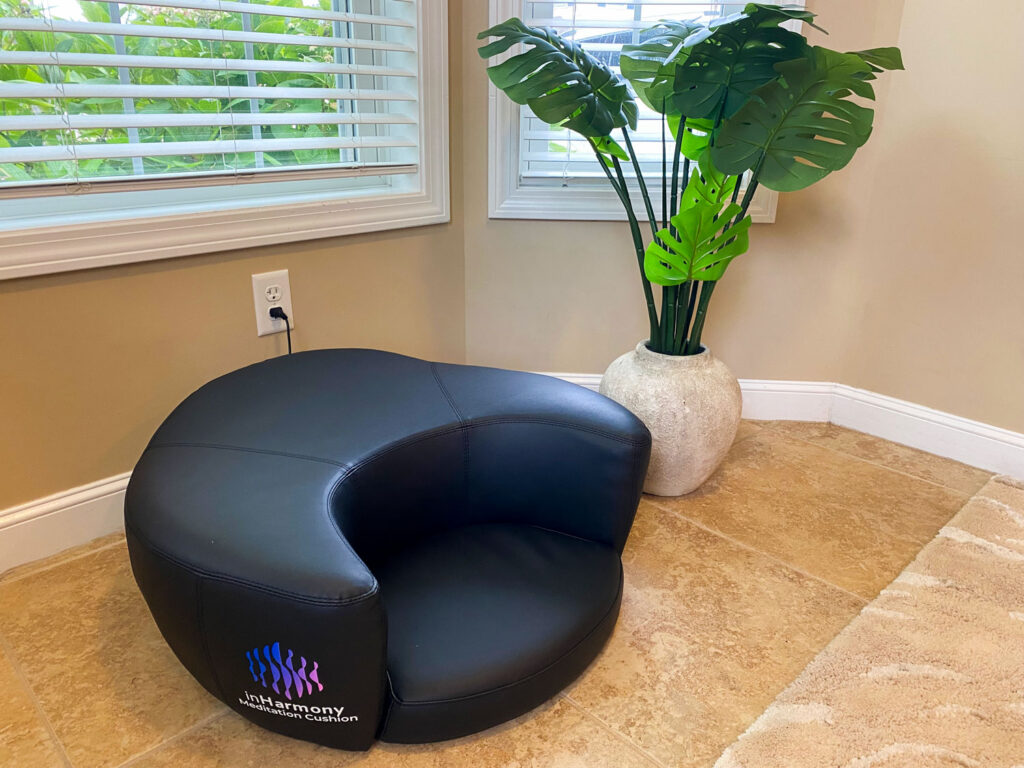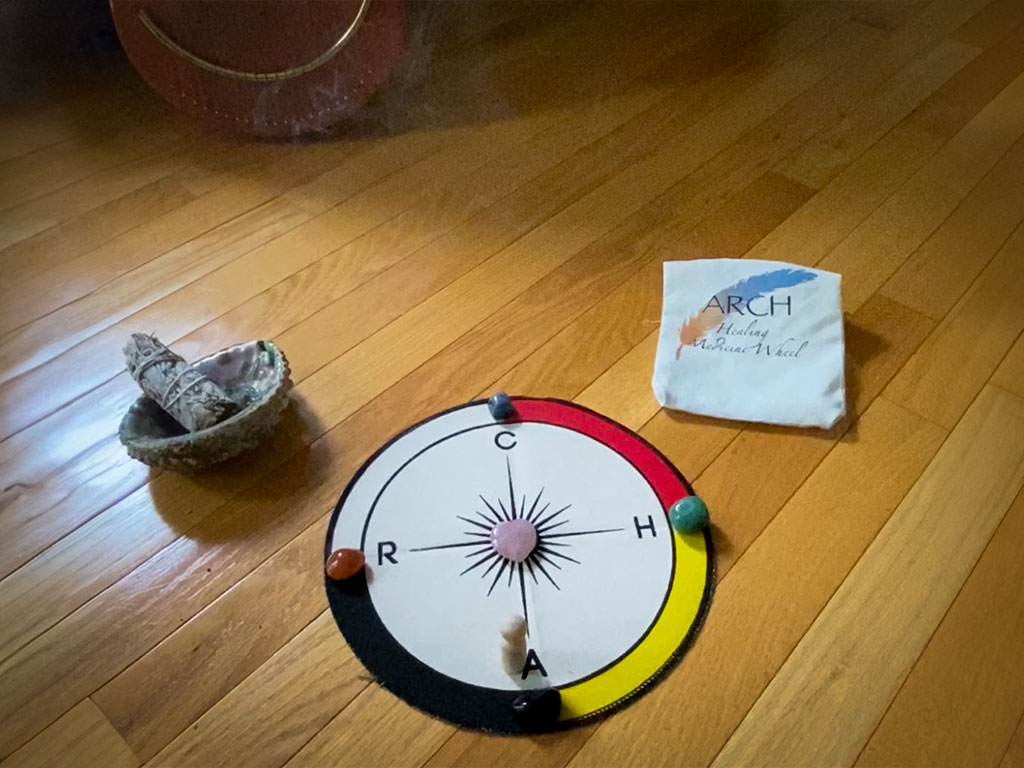Introduction to Imago Therapy
Imago Therapy, developed by Dr. Harville Hendrix and Dr. Helen LaKelly Hunt, is a form of relationship therapy designed to help couples deepen their emotional connection, heal unresolved childhood wounds, and transform conflict into opportunities for growth. The name “Imago” comes from the Latin word for “image” and refers to the unconscious image of familiar love we form as children, which profoundly influences our choice of romantic partners in adulthood.
Imago Therapy views romantic relationships as a path to healing, where couples can address and work through unmet needs from childhood that are reactivated in adult relationships. By understanding the unconscious forces at play, Imago Therapy helps couples recognize how early experiences shape their conflicts and teaches them how to communicate in ways that foster healing, connection, and empathy.
Theoretical Foundations
Imago Therapy is grounded in several psychological theories that emphasize the connection between early childhood experiences and adult relationships:
– “Attachment Theory”: This theory highlights how the emotional bonds we form in early childhood with our caregivers shape our ability to form healthy, secure attachments in adult relationships. In Imago Therapy, unresolved attachment issues are often at the root of relationship conflicts.
– “Object Relations Theory”: This psychoanalytic theory focuses on the internalized mental images of significant others (often parents) that influence our behavior and emotions in adult relationships. Imago Therapy works to bring these unconscious dynamics to the surface, helping couples understand the childhood origins of their conflicts.
– “Humanistic Psychology”: Emphasizing the inherent worth and potential for growth in all individuals, this perspective shapes Imago Therapy’s belief that romantic relationships are opportunities for personal and relational growth. Couples can achieve greater emotional health and fulfillment through self-awareness and compassionate communication.
Core Concepts
Imago
The Imago is an unconscious composite image of traits from our primary caregivers, which becomes the template for how we experience love and relationships as adults. Imago Therapy posits that we unconsciously seek out partners who reflect both the positive and negative characteristics of our caregivers. The goal of therapy is to help couples recognize their partner as an embodiment of their Imago and use this understanding to foster healing.
The Unconscious Mind
Much of what drives conflict in relationships is rooted in unconscious needs, desires, and fears stemming from early childhood experiences. Imago Therapy seeks to bring these unconscious factors into awareness, allowing couples to understand and address their deeper emotional wounds.
Romantic Love as a Healing Process
In Imago Therapy, romantic love is viewed as a healing process. Initially, couples experience a phase of romantic attraction that feels familiar, reflecting the emotional dynamics of their early relationships. As the relationship progresses, unconscious wounds surface, leading to conflict. Imago Therapy helps couples navigate these conflicts by encouraging mutual empathy and understanding, transforming the relationship into a vehicle for healing.
Therapeutic Goals
The primary goals of Imago Therapy are to:
– Help couples understand the unconscious factors driving their relationship dynamics.
– Foster deep emotional connection and empathy between partners.
– Transform conflict into opportunities for growth and healing.
– Rebuild trust, intimacy, and safety in the relationship.
By addressing unresolved childhood wounds, couples can create more secure, conscious relationships that support mutual growth and emotional health.
Therapeutic Techniques
The Imago Dialogue
The “Imago Dialogue” is a structured communication technique central to Imago Therapy. It consists of three steps:
1. “Mirroring”: The listener repeats back what the speaker has said, ensuring accurate understanding and helping the speaker feel heard.
2. “Validation”: The listener acknowledges the speaker’s perspective as valid, even if they do not agree with it, fostering mutual respect and understanding.
3. “Empathy”: The listener attempts to understand and share the feelings of the speaker, building emotional connection and deepening intimacy.
This structured approach to communication allows couples to step out of reactive patterns, promoting mindful dialogue and helping them see each other’s emotional reality more clearly.
Mirroring
Mirroring is the first step in the Imago Dialogue, where one partner repeats back what the other has said. The goal is not to interpret or respond but to ensure the speaker feels fully understood. Mirroring slows down communication, allowing couples to listen deeply and reduce defensiveness.
Validation
In the validation step, the listener acknowledges that the speaker’s perspective is valid. Even if the listener does not agree with the content, validation respects the speaker’s experience and reduces feelings of being dismissed or misunderstood.
Empathy
The final step, empathy, encourages the listener to connect emotionally with the speaker’s feelings. By expressing empathy, the listener shows that they understand the emotional impact of the issue, helping to heal emotional wounds and deepen the connection between partners.
Session Structure
Initial Sessions
– Assessment: In the first few sessions, the therapist gathers background information on the couple’s relationship history, attachment styles, and presenting issues. The therapist introduces the basic principles of Imago Therapy and explains the structure of the sessions.
– Education: Couples learn about the Imago concept, the role of unconscious dynamics in relationships, and the purpose of the Imago Dialogue.
Middle Sessions
– Practice: During the middle phase, the therapist guides couples through the Imago Dialogue, helping them practice communication techniques. As they become more skilled at mirroring, validating, and empathizing, deeper issues and patterns emerge.
– Deepening: The therapist encourages the couple to explore their unconscious wounds and childhood experiences that are contributing to their current conflicts.
Closing Sessions
– Consolidation: The final sessions focus on reinforcing the communication skills learned and discussing progress made in therapy.
– Future Planning: The therapist helps the couple develop strategies to maintain the emotional connection and communication techniques outside of therapy.
Special Considerations
When using Imago Therapy, therapists should remain aware of the following:
– Cultural Sensitivity: Cultural values and norms can influence relationship dynamics. Therapists should be mindful of these factors and tailor their approach accordingly.
– Trauma: For couples with histories of trauma, Imago Therapy may require adaptations to ensure that the therapeutic process does not re-traumatize either partner. The therapist may need to integrate trauma-informed approaches and provide additional emotional safety.
– Adaptability: Not all couples will respond to Imago Therapy in the same way. The therapist should remain flexible, adjusting techniques to fit the specific needs and circumstances of each couple.
Case Studies and Practical Examples
Case Study 1: John and Mary
– Issue: Frequent arguments over financial issues, leading to escalating conflict.
– Intervention: Using the Imago Dialogue, the therapist helped John and Mary uncover deeper insecurities about financial stability rooted in childhood experiences. Through validation and empathy exercises, they developed a deeper understanding of each other’s fears, reducing their reactive communication.
Case Study 2: Alex and Jamie
– Issue: Emotional disconnection and infidelity.
– Intervention: The therapist guided the couple through empathy-building exercises, helping them rebuild trust and explore the underlying emotional wounds contributing to the infidelity. Over time, Alex and Jamie were able to repair their relationship through consistent validation and communication.
Resources and Further Reading
– Books:
– “Getting the Love You Want” by Harville Hendrix, Ph.D.
– “Keeping the Love You Find” by Harville Hendrix, Ph.D.
– “Making Marriage Simple” by Harville Hendrix and Helen LaKelly Hunt.
– Websites:
– Imago Relationships International (www.imagorelationships.org)
Conclusion
Imago Therapy offers therapists a powerful framework for guiding couples through the process of healing and transformation. By addressing unconscious dynamics and fostering empathic communication, Imago Therapy helps couples move beyond conflict and create more meaningful, connected relationships. Through techniques like the Imago Dialogue, couples can experience greater emotional safety, trust, and intimacy, leading to healthier, more fulfilling partnerships.






